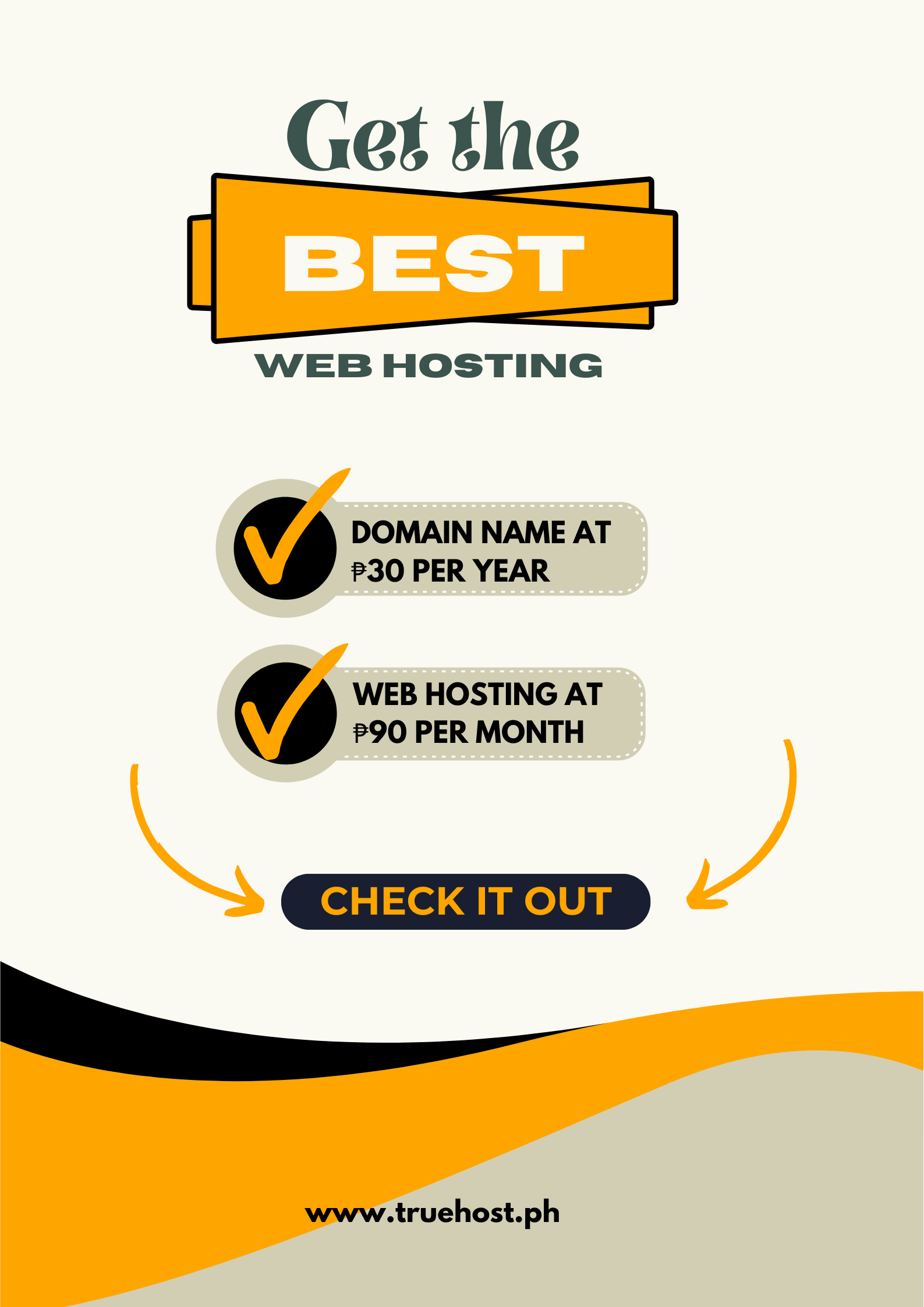Last updated on February 19th, 2025 at 11:39 am
If building a website without coding in the Philippines is your plan, this article is the place to start! This guide gives an overview of the stages required in creating a website. It includes everything from domain name registration to web hosting service selection, as well as website design and content creation. You can develop a professional-looking website to market your business or product online.
Whether you are an entrepreneur, freelancer, or simply want to exhibit your skills, a website is a crucial tool for building credibility and reaching a larger audience.
Understanding the Basics of Website
A website is a collection of web pages that share information, promote products or services, and interact with visitors via the Internet. They are constructed utilizing a variety of materials such as text, images, and videos to provide information and functionality.
They might be basic or complicated, ranging from personal blogs to online stores. Websites are hosted on web servers and accessed via unique URLs in web browsers across multiple platforms. Its design and layout are critical to creating an intuitive user experience and simple navigation.
A website’s main components include the homepage, about page, contact page, and extra pages based on content and function. Typically, the structure, design, and content of a website are created and managed using a website builder or content management system.

How to Build Your Website Without Coding in the Philippines
Here are the 10 steps to creating your website without coding in the Philippines.
Step 1: Determine your site’s purpose.
1). Type of Website
First, decide on the type of website you want to construct. What purpose do you intend it to serve? Do you want to start an online community to sell things to customers? Do you want to offer your skills through long-form blog posts?
Regardless of your aims, we recommend establishing the following details before proceeding:
Consider the purpose and desired behaviors for your website, whether it’s a blog, online commerce, or restaurant.
2). Brand Identity
Your website’s brand identity, including tone of voice, color scheme, font choice, and unique selling point, can make it stand out and ensure consistency in design.
3). Goals and Objectives
Keep track of your website’s goals and objectives, such as increasing email subscribers, to guide your brand and website development.
4). Competitors
Conduct market research to uncover gaps, engage with your target audience, and differentiate yourself from the competition.
Having this information at your fingertips will aid you as you begin your website-building journey.
Step 2: Select a Website Builder.
Website builders are internet tools that enable you to design websites without requiring any coding experience. They offer pre-designed themes and drag-and-drop capabilities, allowing you to easily customize your site.
Olitt, Wix, Squarespace, and Weebly are some of the most popular website builders. These platforms provide user-friendly interfaces and a wide range of functionality, including e-commerce capabilities, blogging tools, and SEO optimization.
Factors to Consider When Selecting a Website Builder:
When choosing a website builder, there are numerous crucial factors to consider.
a). Ease of Use
Look for a website builder that has a simple interface, intuitive drag-and-drop capability, and does not require coding knowledge.
b). Design and Customisation Options
Make sure the website builder has a variety of templates or themes to choose from, so you can develop a visually appealing site. It should also provide customization choices to reflect your business and personal tastes.
c). Mobile Responsiveness
Determine whether the website builder automatically optimizes your site for mobile devices. Today, a big part of internet users access websites via their smartphones, therefore mobile responsiveness is critical for a pleasant user experience.
d). Flexibility & Scalability
Think about your future needs and choose a website builder that can fit your growing business while also allowing you to easily add new features, pages, or capabilities.
e). SEO tools
Look for built-in SEO tools to help your website rank higher in search engine results pages. This includes the ability to edit meta tags, URLs, and headers, as well as optimize picture alt tags and include keywords.
f). E-commerce Capabilities
If you intend to offer products or services online, make sure your website builder includes e-commerce features. Look for features such as integrated shopping carts, secure payment gateways, inventory management, and order tracking.
g). Customer Support
Examine the level of support offered through the website builder. Look for live chat, email, or phone assistance, as well as informative documentation, tutorials, and community forums.
h). Pricing
Consider the website builder’s pricing plans based on your budget and individual needs.
Look for transparent price structures, with no hidden fees or restrictions.
Step 3: Select a hosting provider.
Once you’ve decided on a website builder, you’ll need to choose a hosting provider to get your site live. Web hosting provides the server space and bandwidth required for your website.
In the Philippines, there are various hosting services to select from, including local companies like PH Hosting and iManila, as well as international providers like Bluehost and SiteGround.
Consider these factors when selecting a reliable web host in the Philippines:
1. Reliability
Opt for hosts with a proven track record of uptime and robust infrastructure to avoid downtime that can affect traffic and search rankings.
2. Speed
Choose a host with fast hosting to ensure quick page loading times for visitors, supported by ample server capacity and bandwidth.
3. Security
Prioritize hosts that prioritize security measures like SSL certificates, firewalls, regular software updates, and reliable backups.
4. Support
Assess the available technical assistance options such as phone support, live chat, comprehensive documentation, and ticketing systems.
5. Affordability
Shared hosting options often offer sufficient resources for business sites at reasonable prices, typically starting at $3-10 per month.
Most new small websites can benefit from shared hosting.
Step 4: Register a domain name
Your domain name is the online address where visitors may access your website (for example, www.yourbusinessname.com). You can register a domain name using your preferred website builder or hosting provider, or with a domain registrar such as GoDaddy or Namecheap. Choose a domain name that is memorable, related to your business or passions, and simple to spell.
Here are some tips for developing and verifying domain name options:
✔Use terms related to your business or site’s focus in the name.
✔Consider choosing prominent domain suffixes such as.com,.net, or.org.
✔Instead of using spaces, you can use hyphens to separate terms in the domain (for example, your-business-name.com).
✔Make sure the domain name you desire is not already trademarked.
✔If your first pick is not available, consider alternate spellings or variations.
✔Use a domain registrar such as Truehost, GoDaddy, Google Domains, or Namecheap to check the availability of prospective names.
✔Once you’ve decided on the appropriate domain name for your website, you can register it with a domain name registrar. This formally registers the name and allows you to use it for your website for a charge per year.
Step 5: Customize your website
After you’ve chosen a website builder, hosting provider, and domain name, it’s time to personalize your site. Most website builders provide a variety of templates to pick from, allowing you to find one that matches your style and branding. Then, using the drag-and-drop feature, add text, images, videos, and other stuff to your website.
Don’t forget to optimize your website for mobile devices, as many Filipinos access the internet primarily through smartphones.
Step 6: Create relevant web pages.
Once you’re satisfied with the appearance and aesthetic of your site, add appropriate pages. Many templates include pre-built pages, so some of the job is already done.
Regardless of your template or builder, it’s crucial to know which pages to include while creating your website:
01). Homepage
The homepage of your website should engage visitors by giving vital information and branding, ensuring they understand the goal of the site right away.
02). About Page
Create an about page to share your personal or business narrative, objectives, and goals.
03). Shop and Product Pages
If developing an online store, offering shop and product pages with graphics and information to boost purchases.
04). Contact Page
Help website users connect with you or your business by providing a contact form, social media links, and basic contact information (e.g., email address or store hours).
05). Blog Page
A blog allows you to offer compelling information, establish an online community, and exhibit your market expertise.
Consider adding a FAQ, customer review, membership, or appointment booking page to enhance customer interactions and increase confidence in your website.
We recommend that all websites should include a homepage, about page, and contact page, according to your website’s requirements. In addition, when creating a portfolio website, make sure to include a gallery page to exhibit your work and attract new clients.
Step 7: Add Website Functionality.
The level of website functionality required will vary depending on the type of website you plan to create. If you want to offer products or services, you’ll need e-commerce capabilities, but a simple blog will not require these features.
The features and tools you add to your site will differ based on the website builder you use. Wix has several sophisticated features built into the platform, including email marketing and internationalization capabilities. Shopify, on the other hand, relies largely on third-party apps to expand its functionality.
E-commerce
For online retailers, we recommend using a dedicated e-commerce website builder such as Shopify. You’ll want a platform that offers intuitive product management tools and key features, such as:
Offer multiple payment alternatives for your clients at checkout.
Multichannel selling allows you to reach clients through social media and online marketplaces.
E-commerce marketing tools include Shopify’s 3D scanner for dynamic product presentation and email marketing for customer engagement.
Security measures, such as SSL certificates and fraud detection, to protect your business and consumer data from malicious threats or attacks.
Shopify provides real-time shipping costs and label printing, among other shipping options tailored to your business.
Apps and Plugins
Many website builders provide third-party apps and plugins that you can install to add more functionality to your site. Some are free to use, such as Wix’s own Wix Bookings app, while others may require an additional fee on top of your subscription, such as Mailchimp for advanced email marketing tools.
Before downloading plugins to improve your website, it’s important to conduct thorough research to avoid security risks or poor performance.
Step 8: Optimize your content.
The next stage is to optimize your website’s content and design. This will assist increase your site’s visibility in search engines, improve the overall visitor experience, and raise brand awareness.
Consider the following variables while optimizing your content:
▫️Search engine optimization (SEO)
improve your website’s visibility and traffic by optimizing it for search engines like Google using SEO basics and best practices such as keyword research, picture alt text, and more.
▫️Content hierarchy
Position crucial information in ideal locations on your sites so users don’t have to scroll or hunt for it.
Publish content regularly to establish your authority and competence in your industry. Share relevant and quality stuff with your followers, such as blog entries.
▫️Consider all gadgets
Nearly 59% of website traffic comes from mobile devices rather than desktops, so make sure your website looks and operates properly on all screen kinds.
▫️Optimize your graphics
Compress any photos or videos to avoid slowing down your sites and annoying your website users, but do not sacrifice quality.
▫️Asses the User journey
Review the navigation and desired user path to provide a seamless and intuitive experience.
Step 9: Review and publish your website.
The final step in creating a website is to review your work and make it online! You don’t want to publish your website blindly; even an experienced builder will make mistakes along the road, whether it’s a moving element or a line of prose that needs to be edited.
Before you publish, make sure everything works properly and looks the way you want it.
Step 10. Promoting your website
To promote your website in the Philippines utilize below proven strategies:
1. Search Engine Optimization (SEO)
Improve your website’s visibility on search engines like Google by conducting keyword research, optimizing pages, building quality backlinks, and regularly updating content.
2. Content Distribution
Share your content on social media, industry websites, and directories, and collaborate on guest posts to increase visibility.
3. Social Media
Utilize platforms like Facebook, Twitter, LinkedIn, and Pinterest to promote your website and engage with followers.
4. Email Marketing
Collect emails and send newsletters with updates and promotions to subscribers.
5. Paid Ads
Consider running small paid campaigns on search engines and social media to reach a wider audience.
6. Influencers
Collaborate with relevant influencers and thought leaders to boost awareness of your website.
7. Local SEO
Optimize your website for local searches by using schema markup and listing on directories like Google My Business and Bing Local.
Consistently implementing these tactics will help increase your website’s visibility and traffic over time.
Conclusion
Building a website without coding in the Philippines is possible, thanks to the variety of user-friendly website builders and hosting providers. Following the steps indicated above will allow you to build a professional-looking website that promotes your business, skills, or interests to the rest of the world.
Read also:
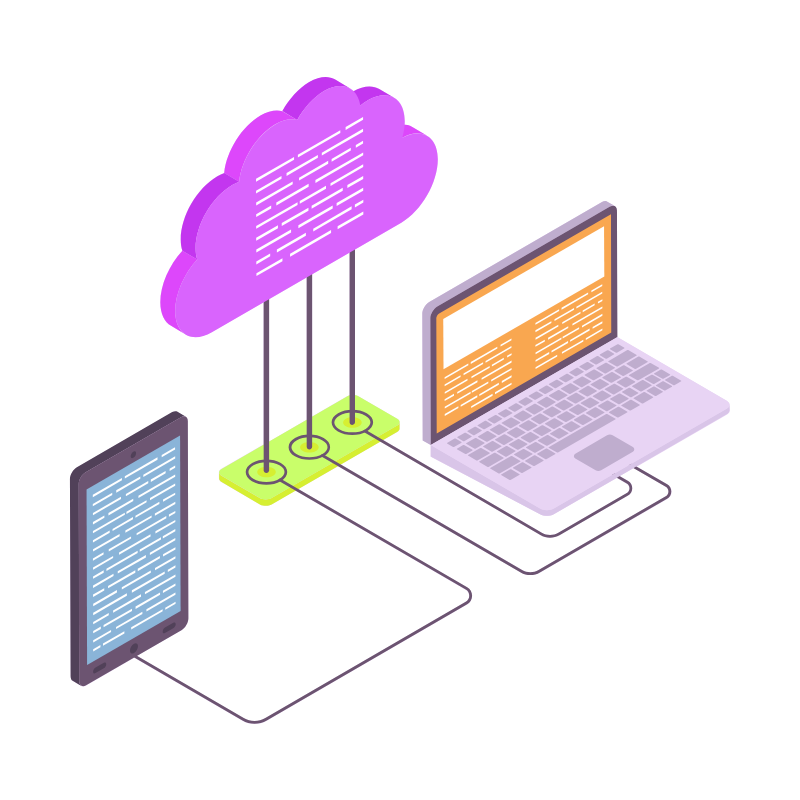 Web HostingCost-effective shared hosting solutions
Web HostingCost-effective shared hosting solutions Reseller HostingStart your own hosting business without tech hustle
Reseller HostingStart your own hosting business without tech hustle Affiliate ProgramEarn commission by referring customers to our platforms
Affiliate ProgramEarn commission by referring customers to our platforms cPanel HostingHosting powered by cPanel (Mostly user friendly)
cPanel HostingHosting powered by cPanel (Mostly user friendly) Windows HostingOptimized for windows based-applications and sites
Windows HostingOptimized for windows based-applications and sites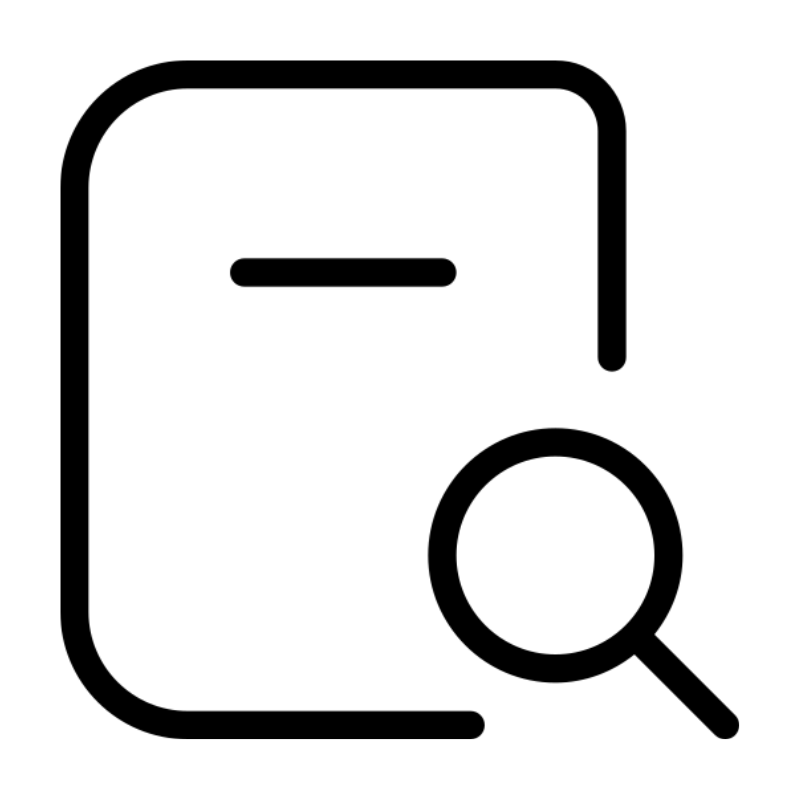 Domain SearchFind and register available domain names in seconds
Domain SearchFind and register available domain names in seconds All DomainsExplore and register domain extensions across the world
All DomainsExplore and register domain extensions across the world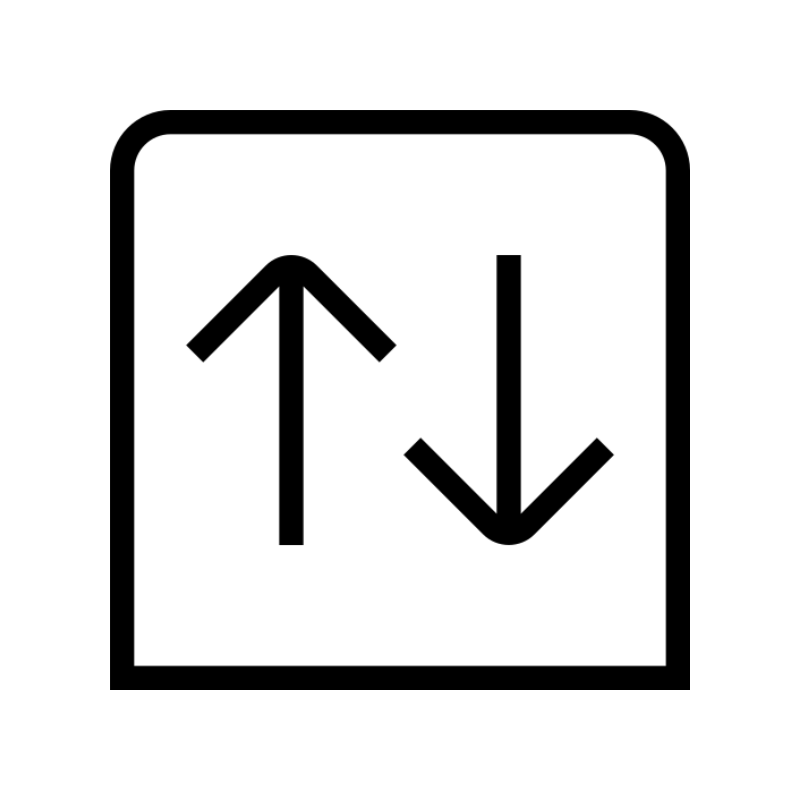 Domain Transfermove your domain to us with zero downtime and full control
Domain Transfermove your domain to us with zero downtime and full control Whois LookupLook up domain ownership, expiry dates and registrar information
Whois LookupLook up domain ownership, expiry dates and registrar information .com DomainSecure the most recognized domain for global credibility
.com DomainSecure the most recognized domain for global credibility VPS HostingScalable virtual servers. Full root access. Faster speed.
VPS HostingScalable virtual servers. Full root access. Faster speed.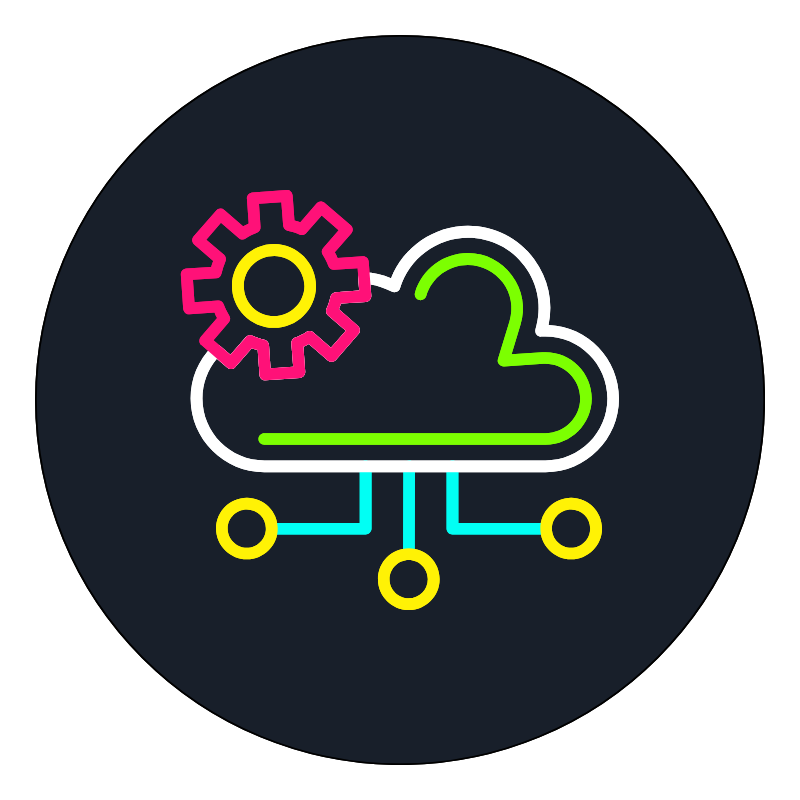 Managed VPSNot a tech expert? Choose our fully managed VPS server.
Managed VPSNot a tech expert? Choose our fully managed VPS server.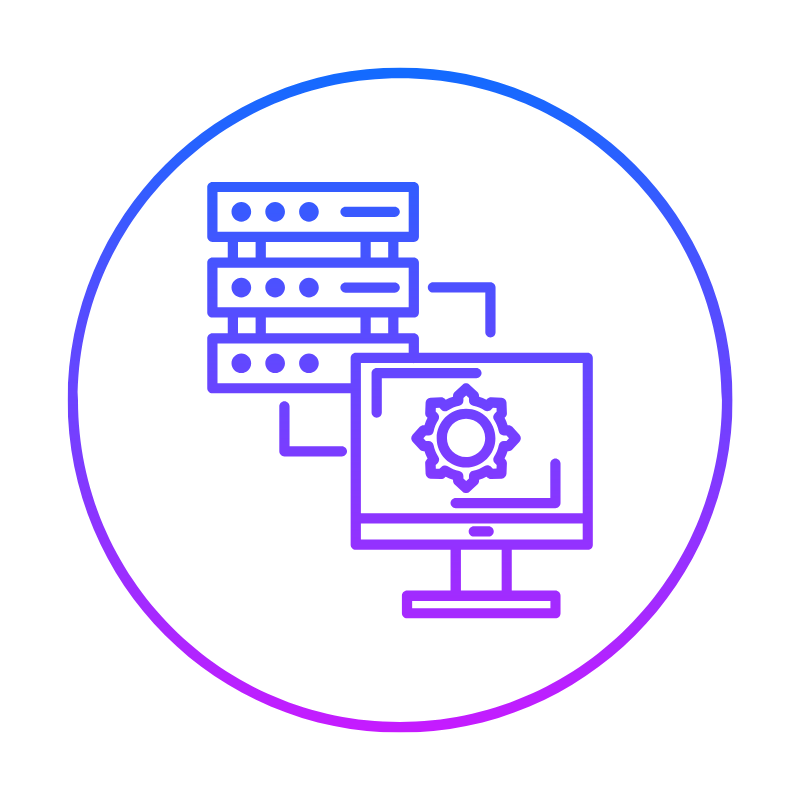 Dedicated ServersGet the full power and complete control of your own physical server.
Dedicated ServersGet the full power and complete control of your own physical server.